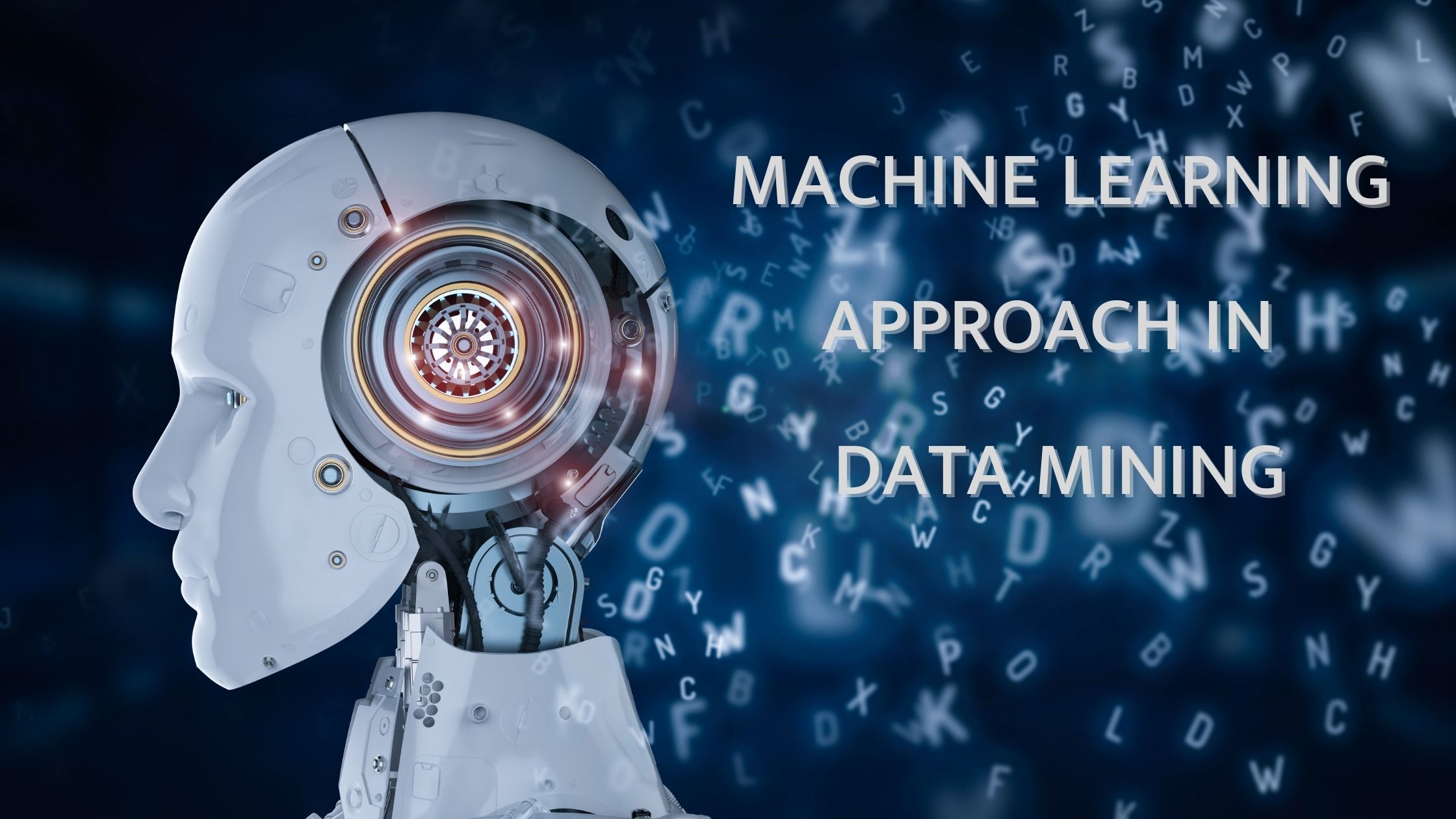Introduction
Data mining is a prominent word in machine learning because it pulls valuable information from enormous amounts of data and is utilized for decision-making tasks.
It is a technique for identifying patterns in a pre-built database widely utilized by businesses and academics. Data cleansing, integration, transformation, discretization, pattern evaluation, and other data mining areas are covered.
The top eight machine learning approaches in data mining that everyone should know are given below.
Data Mining Definition
Data mining is the act of sifting through extensive data sets in order to uncover patterns and correlations that might aid in the resolution of business challenges through data analysis. Businesses may use data mining techniques and technology to foresee future trends and make better business decisions.
Data mining is a vital component of data analytics and one of the fundamental disciplines in data science. It applies complex analytics techniques to uncover valuable information in data sets. Data mining is a phase in the knowledge discovery in databases (KDD) process, which is a data science approach for obtaining, processing, and evaluating data. Data mining and KDD are occasionally used interchangeably, however, they are more often regarded as original concepts.
What is Machine Learning?
Arthur Samuel, an IBM scientist and pioneer in computer games and artificial intelligence, created the phrase “Machine Learning” in 1959. Machine learning is classified as a sub-discipline of artificial intelligence. It tries to use the experience to automatically enhance the performance of computer algorithms created for specific jobs.
The experience in machine learning research is obtained from the training data, which can be characterized as sample data gathered on previously recorded observations or live feedback. Machine learning algorithms may learn and develop mathematical models based on this experience to make predictions and judgments.
Top Machine Learning approaches in Data Mining that everyone should know
Leading machine learning techniques are classified based on the type of their learning feedback mechanism. Most machine-learning issues can be solved by using one of these techniques. Yet, complicated machine learning solutions that do not fit into one of these methodologies may still be encountered.
This category is critical because it will allow you to rapidly identify the nature of a potential problem, examine your resources, and build a viable solution.
Let’s begin with the
- Supervised Learning Method.
The machine learning job of learning a function that translates an input to an output based on example input-output pairs is known as supervised learning. It derives a function from labeled training data, which consists of a collection of training samples.
When a dataset contains records of the response variable values, the supervised learning technique may be used (or labels). Depending on the context, this labeled data is referred to as “labeled data” or “training data.”
Example: When we try to forecast a person’s height based on his weight, age, and gender, we require training data that includes people’s weight, age, gender, and true heights. This information enables the machine learning system to determine the link between height and other factors. The model can then forecast a person’s height based on this information.
There are two types of supervised learning issues: (a) classifier problems and (b) regression challenges.
Classification Problem
Models in classification issues learn to categorize observations based on their variable values. The model is exposed to a large number of observations with labels during the learning phase. For example, a model may effectively predict the gender of a new client based on his/her purchasing behavior after observing thousands of consumers with their shopping patterns and gender information. Binary categorization refers to classifying people into two categories, such as male and female.
Regression Problems
The purpose of regression problems is to compute a value by exploiting the link between the other variables (i.e., independent variables, explanatory variables, or features) and the target variable (i.e., dependent variable, response variable, or label). The strength of the association between our target variable and the other factors is an important predictor. A regression challenge involves predicting how much a client will spend based on prior data.
- Unsupervised Learning
Unsupervised learning is a learning method used in machine learning algorithms to draw conclusions from unlabeled samples. There are two primary unsupervised learning issues: Clustering and Dimensionality Reduction.
(i) Clustering: Clustering analysis is a grouping endeavor in which members of one group (i.e., a cluster) are more similar to one another than members of other clusters.
There are several clustering algorithms available. They often employ a similarity measure based on certain metrics, such as Euclidean or probabilistic distance. Unsupervised learning may be used to solve clustering issues such as bioinformatic sequence analysis, genetic clustering, pattern mining, and object identification.
(ii) Dimensionality Reduction: Dimensionality is defined as the number of features in a dataset. Hundreds of possible characteristics may be recorded in each column in some databases. Some of these columns are substantially connected in the majority of these datasets. As a result, we should either choose the best ones (feature selection) or extract new features by merging existing ones (feature extraction). Unsupervised learning comes into play here. Dimensionality reduction approaches enable us to develop models that are neater and cleaner, devoid of noise and extraneous features.
- Semi-supervised Learning
Semi-supervised learning is a machine learning technique that combines the benefits of supervised and unsupervised learning. When we have a little quantity of labeled data and a significant number of unlabeled data available for training, a semi-supervised learning strategy is quite effective. Supervised learning qualities aid in making the most of limited label data. Unsupervised learning features, on the other hand, can benefit from a vast amount of unlabeled data.
We commonly begin semi-supervised learning by grouping the unlabeled data. The labeled data is then used to label the clustered unlabeled data. Ultimately, machine learning models are trained using a large amount of newly labeled data. Semi-supervised learning models may be quite effective since they can make use of a large amount of data.
- Reinforcement Learning
One of the fundamental techniques of machine learning is reinforcement learning, which is focused on identifying optimum agent behaviors that maximize reward within a certain context. The agent learns to refine its activities in order to maximize its cumulative reward.
Reinforcement learning consists of four major components:
Agent: A trainable software that performs the duties that have been assigned to it.
Environment: The actual or virtual realm in which the agent performs its responsibilities.
Action: A motion by the agent that results in a change in the agent’s status in the environment.
Reward: A negative or positive monetary compensation for an action.
Final Note
AI is rapidly developing and establishing itself as a key scientific topic. AI sub-fields and sub-subfields have begun to emerge as the field grows. We cannot master the whole area, but we may be knowledgeable about the primary learning approaches.
Oriental Solutions, a comprehensive package of solutions concentrating on data integration and data integrity, automates data mining to assist enterprises in maximizing the value of their data. Test Oriental Solutions right now to learn about your company’s data-driven insights.




